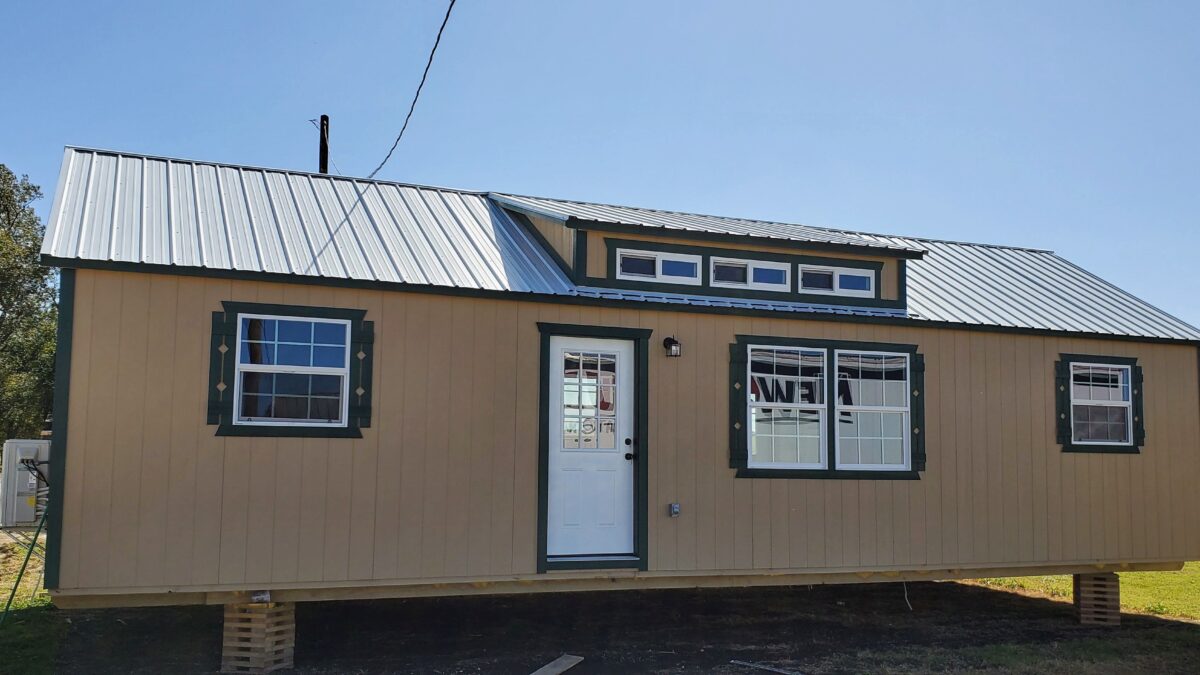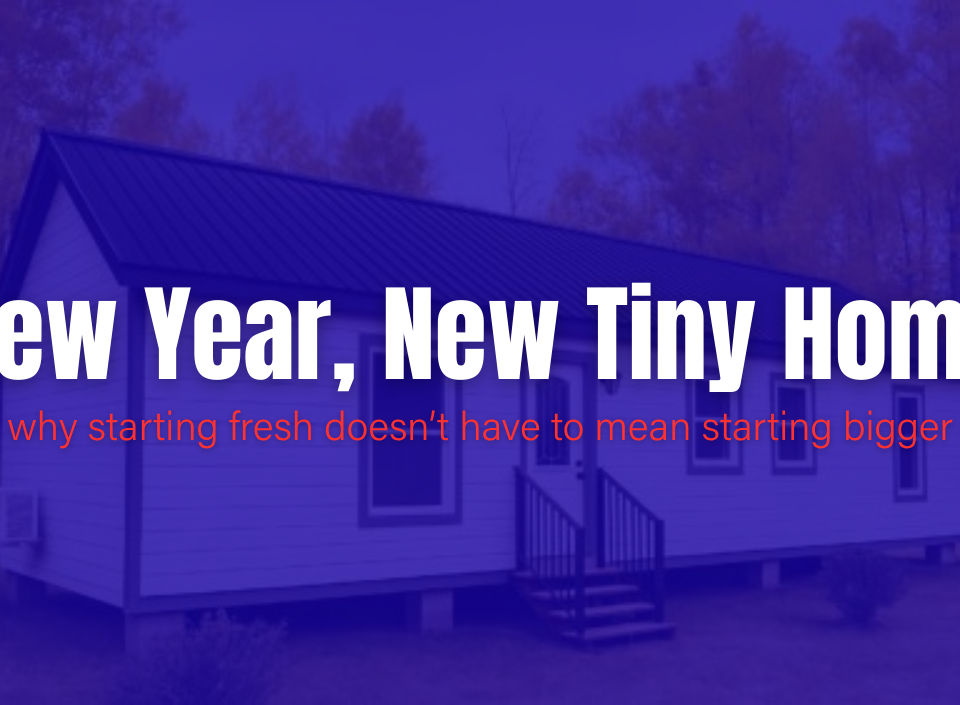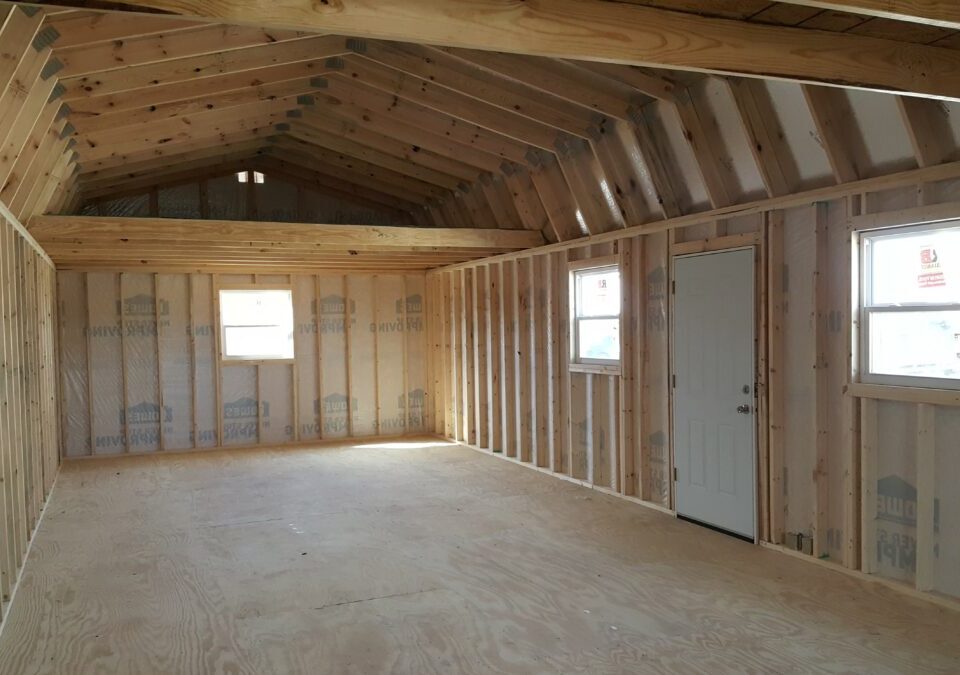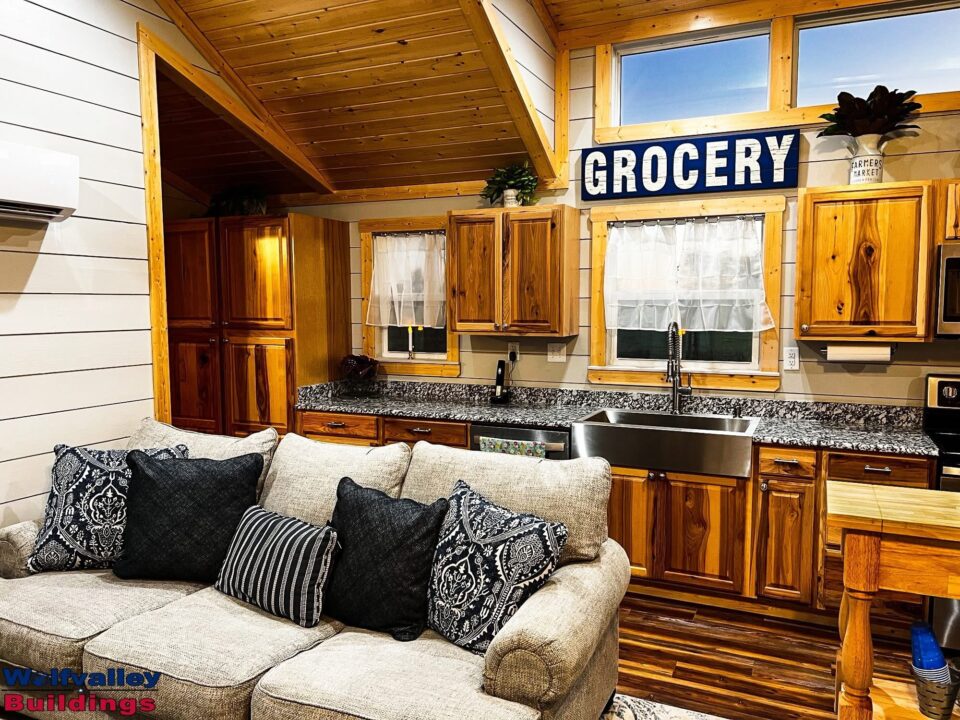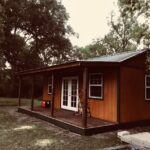
Water & Sewer Considerations for Tiny Homes
July 23, 2025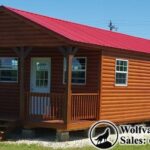
Can I Live in a Tiny Home Full Time in Texas?
July 25, 2025🏡 Tiny Home Zoning Laws: A Beginner’s Guide
When people imagine living in a tiny home, they picture freedom, simplicity, and wide-open land. But before that vision becomes reality, there’s one thing every future homeowner must understand—tiny home zoning laws. These local rules determine where you can legally place your home and how that land can be used. It’s not glamorous, but it’s essential.
At Wolf Valley Buildings, all of our tiny homes and cabins are built on pier and beam foundations—not on wheels. That means zoning laws apply just like they would for any permanent home. Understanding the basics of zoning will help you choose the right land, avoid costly mistakes, and set yourself up for success.
🗺️ What Are Zoning Laws?
Zoning laws are local regulations that cities and counties use to manage land use. They decide what types of buildings are allowed in specific areas. If your land is zoned residential, for example, it may allow single-family homes but prohibit multi-unit buildings. If it’s zoned agricultural, you might be allowed to build a home—but only if it meets certain size or utility requirements.
Every county is different. One town may welcome your 500-square-foot cabin with no issues. The next county over might say it doesn’t meet the minimum size to qualify as a residence. That’s why it’s important to check zoning laws for the exact parcel you’re considering before you buy land or start construction.
🏠 Pier and Beam Foundations: Why Zoning Still Matters
Because we don’t build homes on trailers, our tiny homes aren’t classified as RVs or mobile units. They’re considered permanent structures, just like any house built on a foundation. That’s good news—because in most counties, permanent homes face fewer restrictions than wheeled units.
But zoning still matters. Most counties require you to meet specific setbacks, size limits, and utility guidelines. They may also require a permit, inspections, and an approved foundation plan. Some areas will only allow permanent homes if they’re built on a concrete slab—so confirming that pier and beam is acceptable in your zone is essential.
📏 Minimum Size Requirements
Many local zoning codes require homes to meet a minimum square footage. This is often where people run into trouble. Some counties require 800 to 1,000 square feet for a home to qualify as a full-time residence. Others are more flexible and allow homes as small as 400 square feet.
Because our models range in size, it’s important to check what your county requires. If your home falls below the threshold, you may be able to apply for a variance—but that process takes time and isn’t always guaranteed.
Ask the local building office:
What is the minimum square footage for a permanent home in this zone?
If your home meets or exceeds it, you’re already ahead of the curve.
🧱 Know the Zoning Category for Your Land
Zoning laws group land into categories. Each one has different rules:
Residential zoning usually allows single-family homes but may have restrictions on size or utility hookups.
Agricultural zoning can offer more flexibility and is often popular with rural buyers. It typically allows homes but may require a well, septic, or specific acreage.
Unrestricted land is rare but valuable. If a parcel is labeled as “unrestricted,” you may have more freedom to build without as much oversight.
Don’t assume the land you want is zoned the way you hope. Even if it’s out in the country, it might still fall under strict zoning codes. Always call the county office and ask them to look up the parcel’s zoning.
📝 What to Ask Your County Office
Here are some important questions to ask before you buy land:
Is this parcel zoned for residential use?
What is the minimum house size required?
Are pier and beam foundations allowed?
Do I need to submit plans for approval?
What permits are required to build?
Are off-grid utilities (like well and septic) allowed?
Asking the right questions early will save you months of frustration later. And you’ll know exactly what to expect when it’s time to build.
❗ Watch Out for HOA Rules
Even if zoning allows a small home, HOAs (Homeowners Associations) can impose their own rules. If your land is part of a subdivision, the HOA may have size minimums, design restrictions, or bans on alternative housing.
Always check for deed restrictions or HOA covenants before closing on a property. The last thing you want is to invest in land you can’t use the way you planned.
🌱 Want to Skip the Red Tape?
Some buyers choose to live in tiny home communities—neighborhoods created just for small homes. These developments already meet zoning and utility codes, so you don’t need to fight for approval. You simply buy your lot and move in.
At Wolf Valley Buildings, we’ve worked with customers all over Texas and nearby states. We can’t guarantee zoning approval, but we can guide you through what to ask, what to look for, and where other clients have had success.
🛠️ We’re Here to Help
Our team builds beautiful, code-compliant tiny homes on permanent pier and beam foundations. We’ve helped hundreds of buyers navigate zoning, utilities, and permits—and we’re happy to help you do the same.
Zoning laws don’t have to be confusing. With a little research and the right builder, you can confidently take the next step toward your dream. Tiny home living is more than a trend. It’s a way of life. And it starts with the land beneath your feet.
Internal Links:
How to Finance a Tiny Home,
Land Buying Checklist for Tiny Homes,
Utility Setup Tips for Tiny Homes,
🔗 External Resource:
American Tiny House Association Zoning Guide



